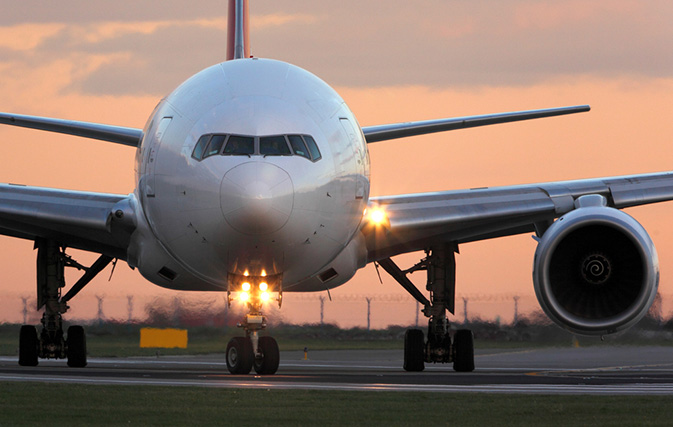GENEVA — It’s not looking good for airlines in 2021, according to new analysis presented by IATA.
Data shows that the airline industry cannot slash costs fast enough to neutralize severe cash burn to avoid bankruptcies and preserve jobs next year. Total industry revenues in 2021 are expected to be down 46% compared to the 2019 figure of $838 billion. The previous analysis was for 2021 revenues to be down around 29% compared to 2019.
This was based on expectations for a demand recovery commencing in Q4 in 2020. Recovery has been delayed, however, due to new COVID-19 outbreaks and government-mandated travel restrictions that include border closings and quarantine measures. As such, IATA expects full year 2020 traffic to be down 66% compared to 2019, with December demand down 68%.
With this in mind, IATA is reiterating its call for government relief measures to sustain airlines financially and avoid massive employment terminations. It’s also calling for pre-flight COVID-19 testing to open borders and enable travel without quarantine.
Just last week, the government of Alberta and Calgary International Airport announced a new government-approved rapid testing trial for international arriving guests. Launching Nov. 2, the trial will hopefully shorten the mandatory 14-day quarantine period.
IATA’s Director General and CEO maintains that with ongoing border closures and arrival quarantines still in place, the fourth quarter of 2020 will be “extremely difficult” and there is little indication the first half of 2021 will be better.
“Without additional government financial relief, the median airline has just 8.5 months of cash remaining at current burn rates. And we can’t cut costs fast enough to catch up with shrunken revenues,” he said.
Although airlines have taken drastic steps to reduce costs, around 50% of airlines’ costs are fixed or semi-fixed, at least in the short-term. The result is that costs have not fallen as fast as revenues. For example, the year-on-year decline in operating costs for the second quarter was 48% compared with a 73% decline in operating revenues, based on a sample of 76 airlines.
Furthermore, as airlines have reduced capacity (available seat kilometers, or ASKs) in response to the collapse in travel demand, unit costs (cost per ASK, or CASK) have risen, since there are fewer seat kilometers to ‘spread’ costs over. Preliminary results for the third quarter show that unit costs rose around 40% compared to the year-ago period.
Looking forward to 2021, IATA estimates that to achieve a breakeven operating result and neutralize cash burn, unit costs will need to fall by 30% compared to average CASK for 2020. Such a decline is without precedent.
“There is little good news on the cost front in 2021. Even if we maximize our cost cutting, we still won’t have a financially sustainable industry in 2021,” said de Juniac.” “The handwriting is on the wall. For each day that the crisis continues, the potential for job losses and economic devastation grows. Unless governments act fast, some 1.3 million airline jobs are at risk. And that would have a domino effect putting 3.5 million additional jobs in the aviation sector in jeopardy along with a total of 46 million people in the broader economy whose jobs are supported by aviation.
“Governments must take firm action to avert this impending economic and labor catastrophe. They must step forward with additional financial relief measures. And they must use systematic COVID-19 testing to safely re-open borders without quarantine.”

